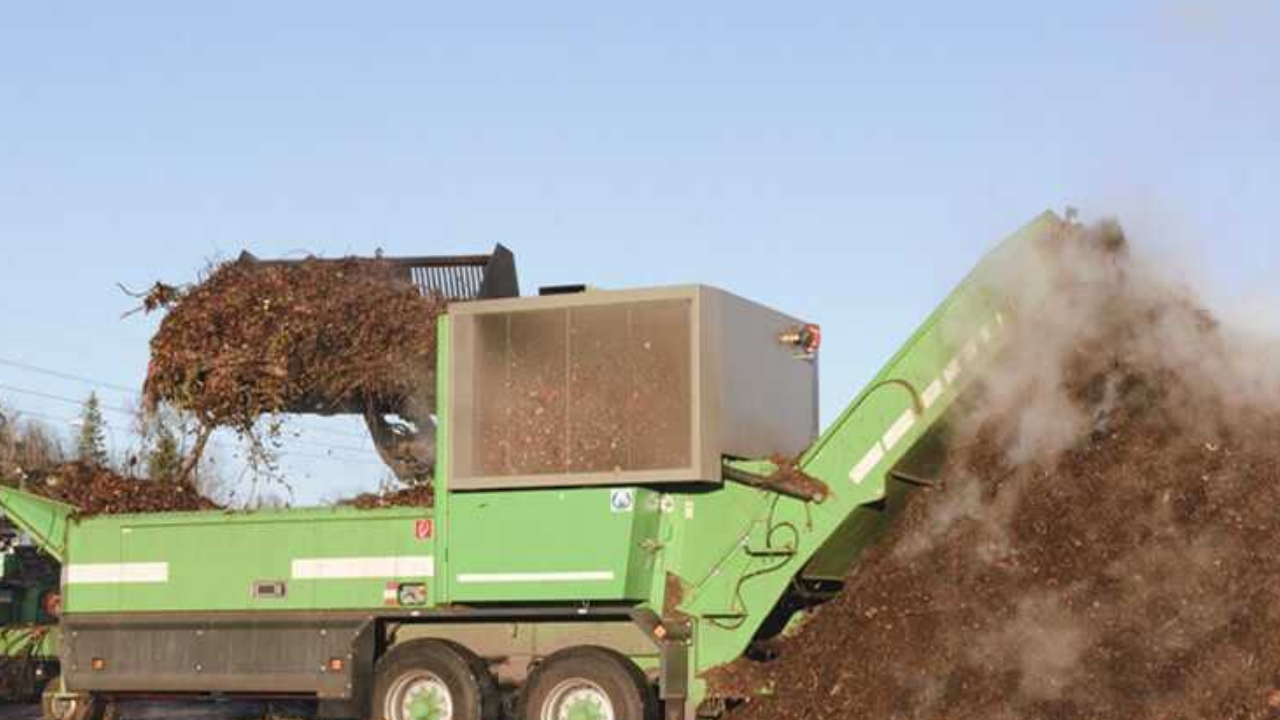Wear parts, also known as consumable parts or components, are essential components of machinery that are subject to wear and tear during normal operation. These components are specifically designed to endure friction, abrasion, and other types of deterioration, assuring the longevity and optimal operation of a wide range of equipment across industries.
Wear parts are critical in machinery and cannot be understated. These components are critical in preserving equipment efficiency and reliability, reducing downtime, and lowering the need for frequent replacements of entire machinery. They protect more expensive and vital portions of the machinery by functioning as sacrificial elements that bear the brunt of wear, thus increasing the overall lifespan of the equipment.
Wear components are critical in areas where heavy machinery is widespread, such as construction, mining, agriculture, and manufacturing, to maintain productivity and reduce operational costs. For regular monitoring and repair of worn parts, visit supplier website. Which leads to increased safety, operating efficiency, and long-term performance levels.
When To Inspect Wear Parts For Optimal Machinery Performance?
For optimal machinery operation, worn parts must be inspected regularly. Scheduled checks should be performed at regular maintenance intervals or if the equipment suffers significant operating changes. Reduced efficiency, unexpected noise, or apparent wear are all indicators that an inspection is required right away. Timely inspections and replacements, if needed, ensure continuous operation and avoid costly downtime.
The Crucial Role of Wear Parts in Machinery
Wear parts, which are frequently disregarded in the larger scheme of machinery, are critical to the functionality and longevity of diverse industrial equipment. These components, which are engineered to withstand friction, abrasion, and extreme operating conditions, are critical to the smooth running of machinery in a variety of industries. In this article, we will look at the significance of worn parts and how they contribute to the efficiency, dependability, and cost-effectiveness of machinery.
Enhancing Equipment Longevity
Wear parts are the unsung heroes of machinery, considerably contributing to the equipment’s increased lifespan. Excavator teeth, crusher liners, and cutting edges are all carefully intended to absorb the wear and tear that machinery inevitably experiences while in operation. Wear parts preserve more expensive and sophisticated machinery components by acting as sacrificial elements, reducing the need for frequent replacements or major repairs.
Maximizing Operational Efficiency
The cornerstone of all well-functioning machinery is efficiency, and wear components play a critical role in obtaining and sustaining peak performance. These components are custom-made for specific purposes, ensuring that machinery runs at top efficiency. Wear parts, whether in mining, construction, or agriculture, help to ensure the smooth operation of equipment, reducing downtime and increasing production.
Cost-Effectiveness through Preventive Maintenance
Investing in high-quality worn components is a proactive approach to maintenance that promotes long-term cost-effectiveness. Machine owners can avoid more extensive and costly repairs by changing wear-prone components regularly. Wear components are a strategic investment for firms seeking operational efficiency since they not only increase the life of the equipment but also reduce the overall cost of ownership.
Tailoring Solutions for Diverse Applications
One of the most noteworthy characteristics of worn components is their adaptability. Manufacturers design these components with specific uses in mind, taking into account the unique challenges offered by various sectors. Wear parts are developed to fulfill the demands of varied sectors, demonstrating adaptability that increases their value throughout industries, whether it’s the durability necessary in mining or the precision required in manufacturing.
The Evolution of Materials and Technology
Advances in materials science and production technologies have transformed the worn part landscape. Wear components have progressed from standard alloy steels to cutting-edge composite materials to provide increased durability, hardness, and resilience to harsh environments. Continuous advancements in material composition and manufacturing processes demonstrate worn parts’ flexibility to growing issues in the industrial world.
Final Words
Wear parts may be small, but their impact on equipment is enormous. The significance of these components stems not only from their ability to withstand extreme conditions but also from their position as defenders of machinery longevity and efficiency. As industries evolve, so will the demand for high-performance wear parts, emphasizing their critical contribution to the smooth and cost-effective functioning of machinery around the world.
